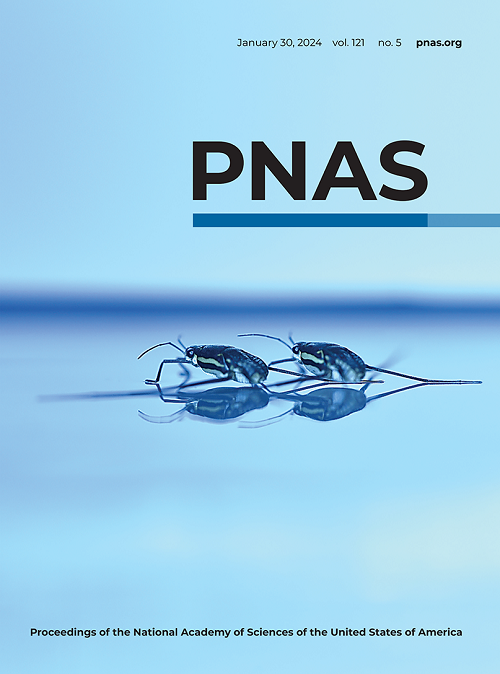通过智能气体管理的防火锂金属电池
IF 9.1
1区 综合性期刊
Q1 MULTIDISCIPLINARY SCIENCES
Proceedings of the National Academy of Sciences of the United States of America
Pub Date : 2025-07-14
DOI:10.1073/pnas.2501549122
引用次数: 0
摘要
锂(Li)金属电池具有高能量密度,但由于热滥用条件下的气体释放而面临重大的安全挑战。在阳极,有机碳酸盐基电解质的还原产生可燃气体(如h2, ch4),而阴极的热稳定性差导致o2, CO和CO 2的释放。这些气体的积累导致机械破裂,它们的迁移进一步加剧了热失控。为了解决这些挑战,我们提出了一种智能气体管理策略,通过将阻燃聚合物(FRPs)掺入阴极来构建连续阻燃界面(fri)。智能气体管理被定义为抑制气体产量,改变气体成分以降低可燃性,减轻内部压力积聚,从而防止热失控的能力。fri通过抑制氧释放和减少由活性氧引起的电解质氧化,显著提高了阴极的热稳定性。此外,FRP释放阻燃自由基,扩散到电解液中,中断在阳极产生可燃气体的反应。这种双重作用机制减少了天然气产量,降低了与热失控相关的风险,为智能天然气管理策略奠定了基础。利用这一策略,我们在热滥用条件下,在0.58-Ah Li||NCM811袋状电池中证明了零热失控。这种方法与当前的制造工艺高度兼容,为提高高能量密度锂金属电池的安全性提供了可扩展的解决方案。这项工作为开发用于电动汽车和其他储能应用的防火锂金属电池提供了一条有希望的途径。本文章由计算机程序翻译,如有差异,请以英文原文为准。
A fire-safe Li metal battery via smart gas management
Lithium (Li) metal batteries offer high energy density but face significant safety challenges due to gas evolution under thermal abuse conditions. At the anode, the reduction of organic carbonate-based electrolytes generates flammable gases (e.g., H 2 , CH 4 ), while the poor thermal stability of the cathode results in the release of O 2 , CO, and CO 2 . The accumulation of these gases contributes to mechanical rupture, and their migration further exacerbates thermal runaway. To address these challenges, we propose a smart gas management strategy that constructs continuous flame-retardant interfaces (FRIs) by incorporating flame-retardant polymers (FRPs) into the cathode. Smart gas management is defined as the ability to suppress gas production, alter gas composition to reduce flammability, and mitigate internal pressure buildup, thereby preventing thermal runaway. The FRIs significantly enhance the thermal stability of the cathode by suppressing oxygen release and minimizing electrolyte oxidation caused by active oxygen species. Additionally, the FRP releases flame-retardant radicals that diffuse into the electrolyte, interrupting reactions that generate flammable gases at the anode. This dual-action mechanism reduces gas production and mitigates the risks associated with thermal runaway, forming the foundation of a smart gas management strategy. With this strategy, we demonstrate zero thermal runaway in a 0.58-Ah Li||NCM811 pouch cell with 100% state of charge under thermal abuse conditions. This approach is highly compatible with current manufacturing processes, offering a scalable solution for improving the safety of high-energy-density Li metal batteries. This work provides a promising pathway toward fire-safe Li metal batteries for electric vehicles and other energy storage applications.
求助全文
通过发布文献求助,成功后即可免费获取论文全文。
去求助
来源期刊
CiteScore
19.00
自引率
0.90%
发文量
3575
审稿时长
2.5 months
期刊介绍:
The Proceedings of the National Academy of Sciences (PNAS), a peer-reviewed journal of the National Academy of Sciences (NAS), serves as an authoritative source for high-impact, original research across the biological, physical, and social sciences. With a global scope, the journal welcomes submissions from researchers worldwide, making it an inclusive platform for advancing scientific knowledge.

 求助内容:
求助内容: 应助结果提醒方式:
应助结果提醒方式:


